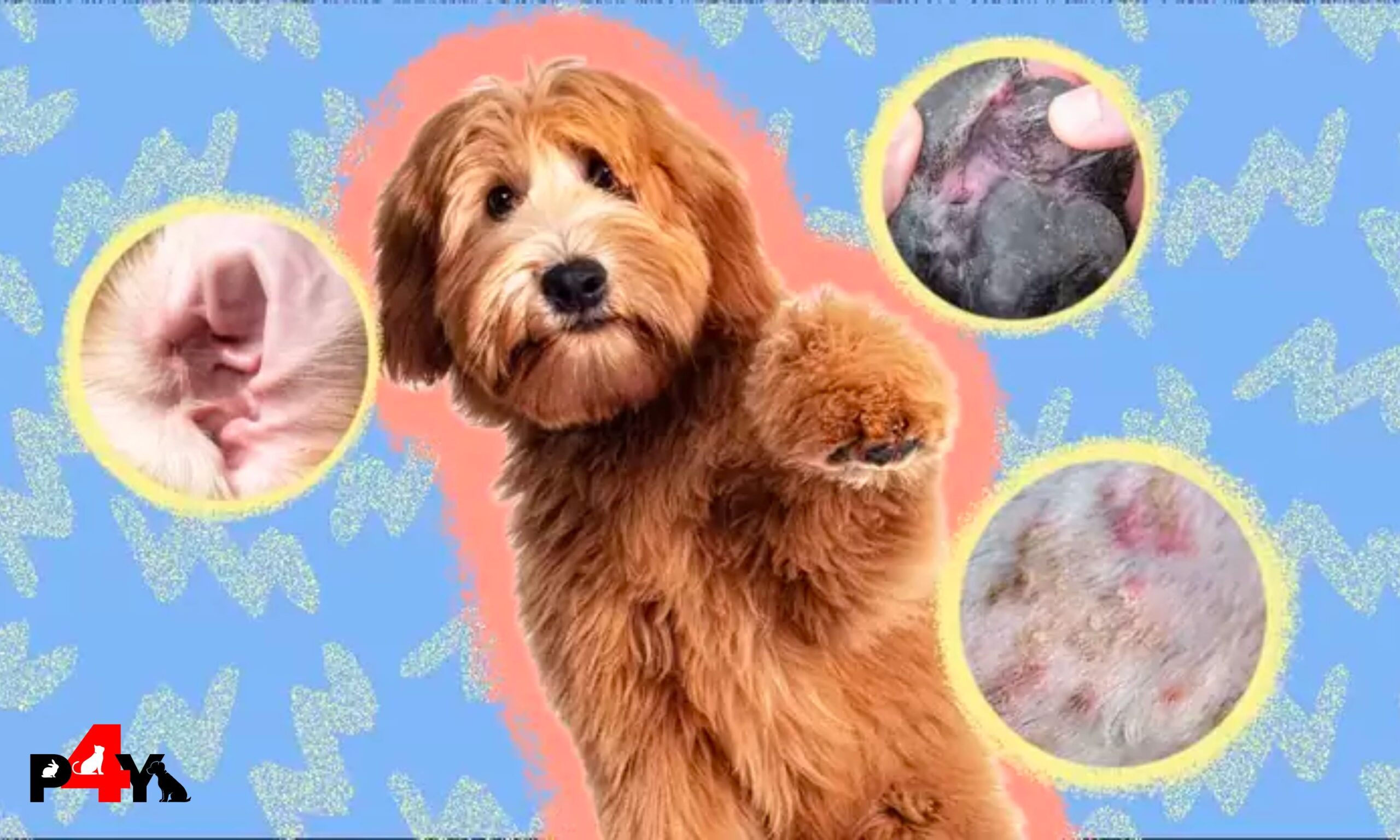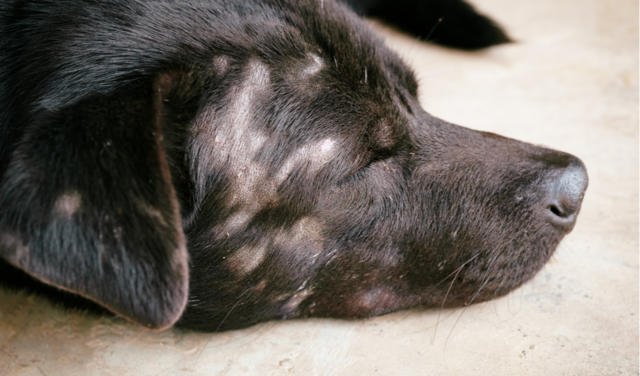Fungal & Skin Infections in Dogs and Cats

Are you noticing unusual patches or irritations on your furry baby’s skin or Skin infections in dogs and cats? Dogs and cats, just like humans, can suffer from a variety of skin infections, including fungal infections. These infections can be uncomfortable for your pets and may require veterinary attention. In this blog post, we’ll explore the common types of fungal and skin infections in dogs and cats, their causes, symptoms, and treatment options.
Table of Contents
What Are Fungal & Skin Infections?
Skin infections in dogs & cats, particularly fungal infections, are common and can affect various parts of the body, including the ears, paws, and torso. Fungi such as dermatophytes and yeast are often responsible for these infections, which can be itchy, painful, and lead to hair loss if left untreated.
Causes of Skin Infections in Dogs and Cats
Several factors can contribute to the development of skin infections in pets. These include poor grooming habits, underlying health conditions such as allergies or hormonal imbalances, and environmental factors like humidity and exposure to contaminated soil or water.
Symptoms of Skin Infections
Identifying a skin infection in your pet can be challenging, as symptoms may vary depending on the type of infection and its severity. However, common signs to watch out for include:
- Redness or inflammation of the skin
- Itching or scratching excessively
- Hair loss or bald patches
- Scaly or crusty skin
- Oozing or discharge from the affected area

Treatment Usually Given
Allergies in dogs and cats can indicate an overactive immune system, leading doctors to often prescribe steroid therapy to suppress the immune response. While this approach may alleviate symptoms, it fails to address the root cause of the allergies and should be used sparingly. Suppressing the immune system can disrupt its ability to maintain healthy flora levels, potentially leading to yeast overgrowth. Additionally, conventional veterinarians may prescribe antibiotics for pets with allergies and possible secondary skin infections. Unfortunately, antibiotics indiscriminately kill both harmful and beneficial bacteria, disrupting the balance of healthy yeast levels and exacerbating the issue.
Treatment for skin infections in dogs & cats typically involves addressing the underlying cause of the infection and providing symptomatic relief. Your veterinarian may recommend antifungal medications, topical ointments, or medicated shampoos to help manage the infection and alleviate your pet’s discomfort.

Some Homoeopathic treatments which will help treat yeast or other fungal infections:
Hydrocotyle
- Dry eruptions
- Great thickening of epidermoid layer
- Exfoliation of scales.
- Psoriasis on trunk, extremities, palms and soles.
- Circular spots, with scaly edges.
Psorinum
- Dirty, dingy look
- Dry, lustreless, rough hair
- Intolerable itching
- Herpetic eruptions on scalp and bends of joints with itching worse from warmth of bed
- Enlarged glands
- Sebaceous glands secrete excessively; oily skin
- Eczema behind ears
- Crusty eruptions all over
- Urticaria after every exertion.
Preventing Skin Infections
While some skin infections are unavoidable, there are steps you can take to help prevent them. These include regular grooming, maintaining a clean living environment for your pets, and addressing any underlying health issues promptly.
Conclusion
In conclusion, skin infections in dogs & cats, particularly fungal infections, can be a source of discomfort for your pets. By understanding the causes, symptoms, and treatment options for these infections, you can help keep your furry friends happy and healthy. If you suspect that your pet may have a skin infection, it’s essential to consult with your veterinarian for proper diagnosis and treatment.



